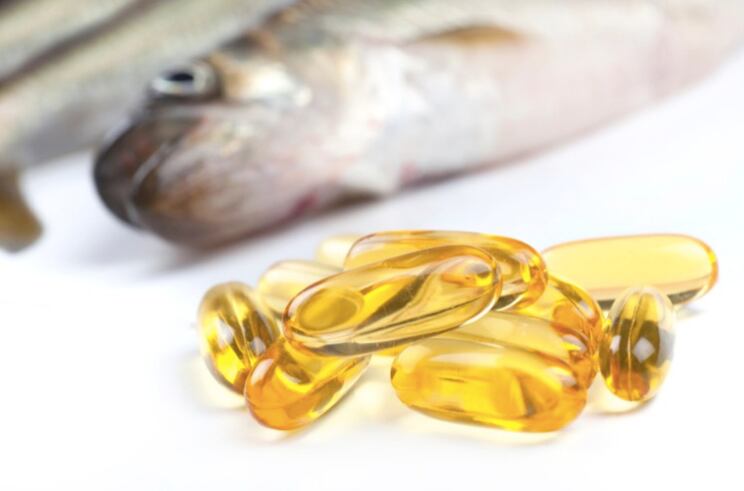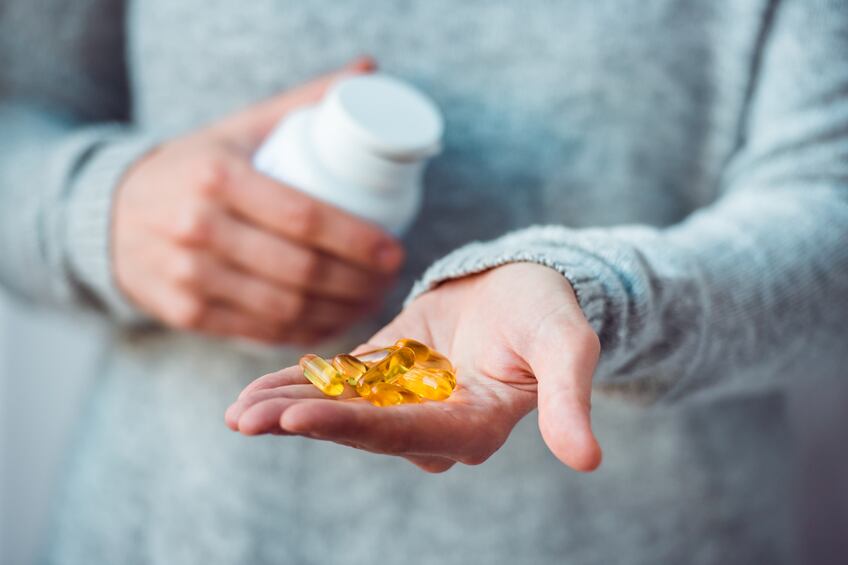Hoem, a pharmacologist and the chief scientist for Aker BioMarine, a company that manufactures krill oil ingredients, spoke with NutraIngredients-USA about the issue. In his view, all too many studies throw the term ‘bioavailability’ around all too lightly, without proper understanding of the implications, at least as far as customers and end users are concerned.
Sloppy use of pharmaceutical terms
Hoem said that in the marketing and research of dietary ingredients, greater bioavailability has come to be used as a sort of sloppy synonym for simply ‘better.’ In order for this term to have any real validity, it ought to take into account some of the same ideas that pertain to the pharmacokinetics of pharmaceuticals.
In the pharmaceutical realm, where Hoem spent much of his earlier career, the terms ‘bioavailability’ and ‘bioequivalency’ are tightly defined and regulated. These terms, especially the latter, have to do with how to prove that a generic drug works the same as the branded version it is meant to copy. These are defining characteristics of the drug’s pharmacokinetics.
“In the pharmaceutical realm some of the things that you really need to know is how much of the drug is taken up, how fast it is taken up, how fast it is distributed, where it is going and how it is eventually broken down and or excreted,” Hoem said.
“If you don’t know these things you can’t possibly know how much of the drug to give. They are the foundations of dosing,” he said.
One of the dirty little secrets of the drugs business, Hoem said, is that pharmaceutical companies are well aware that their products have individualized effects. But for practical purposes, they split the difference between extremes and come up with dosing recommendations that are generalized across populations and have few, if any, gradations.
“The market-oriented sections of the pharma industry don’t like this concept of individualized dosing. If at all possible, they would prefer to make the drugs all the same way, like a one-size-fits-all T shirt,” he said.
Basic data for EPA and DHA still lacks
In the dietary supplement sphere, and especially in the subcategory of omega-3s, Hoem said the situation is topsy turvy compared to how most drugs came to market. A lot of research has been done on these ingredients and a lot of data collected. But very little if any of the basic work has been done that would have had to have been buttoned down before a candidate drug could even start its clinical trials.
We are, of course, talking about a food-derived ingredient, so safety hasn’t been so much of a concern. But as far as how much EPA and DHA to give someone to achieve certain results, the consumers have in effect served as the lab rats.
“When I started to work in nutraceuticals, well, the situation here is really a holy mess. I think we are just starting to get there,” Hoem said.
So with a situation where lots of data is available about some aspects of how EPA and DHA work and not so much about others, Hoem believes it creates a climate in which claims can be made that look good on the surface but don’t make as much sense when one delves deeper.
Claims of greater or faster uptake of lipid ingredients such as EPA and DHA are one example, he said. We have known from basic studies of physiology that fats in general are very well absorbed, or rather are easily disgested by the body, Hoem said. This statement is true with only a few caveats, such as eating a concentrated dose of fat by itself, in which case absorption might be less than ideal.
So, when dealing with an already well absorbed substrate, how important is it if it absorbed more quickly, something that a formulator could achieve by using an emulsion, for example? In Hoem’s view, this is something of a red herring. There may be many excellent reasons to create an emulsion to deliver EPA and DHA. But making a ‘healthier’ ingredient isn’t one of them.
Deeply regulated process
Hoem said recent work he has done on rats which has yet to be published but which he presented in poster form at the recent meeting of ISSFAL (International Society for the Study of Fatty Acids and Lipids) has shed some light on the issue.
“I believe this absorption of EPA and DHA is a very deeply regulated process,” Hoem said. It’s something akin to the firing of a blast furnace; whether you burn a lot of fuel fast at the beginning or add it steadily, the important thing is how hot the oven gets over time and how long you can keep it hot, not how quickly the temperature spikes at the beginning.
“I think this mirrors how EPA and DHA have been presented in nature. I think we generally didn’t eat these every day. If you ate a large serving of salmon, all of that EPA and DHA may not be incorporated into the target tissues for a week. If you extrapolate the curves out to 600 hours, the area under the curve is the same whether the absorption was fast in the beginning or not,” he said.
Hoem said now with the Omega 3 Index, developed jointly by William S. Harris, PhD and Clemens von Schacky, MD, the industry has a tool to measure what’s truly important in the omega-3s realm, and that is the end levels in the tissues.
“That was really a stroke of genius, to have a way to measure that in the red blood cells,” Hoem said. “In the plasma, that can be affected by a lot of things, such as what I have eaten, even as much as two days ago.”




